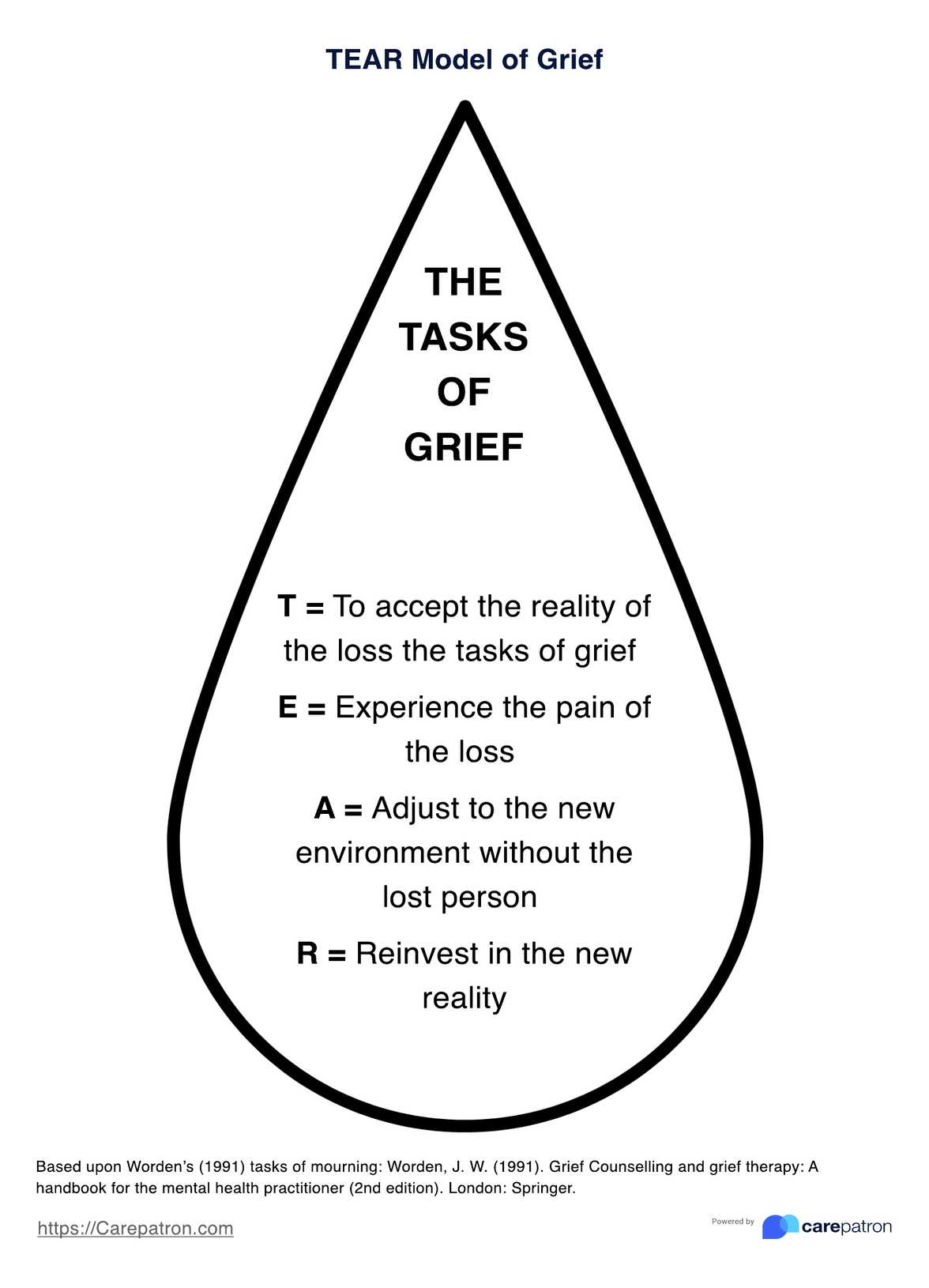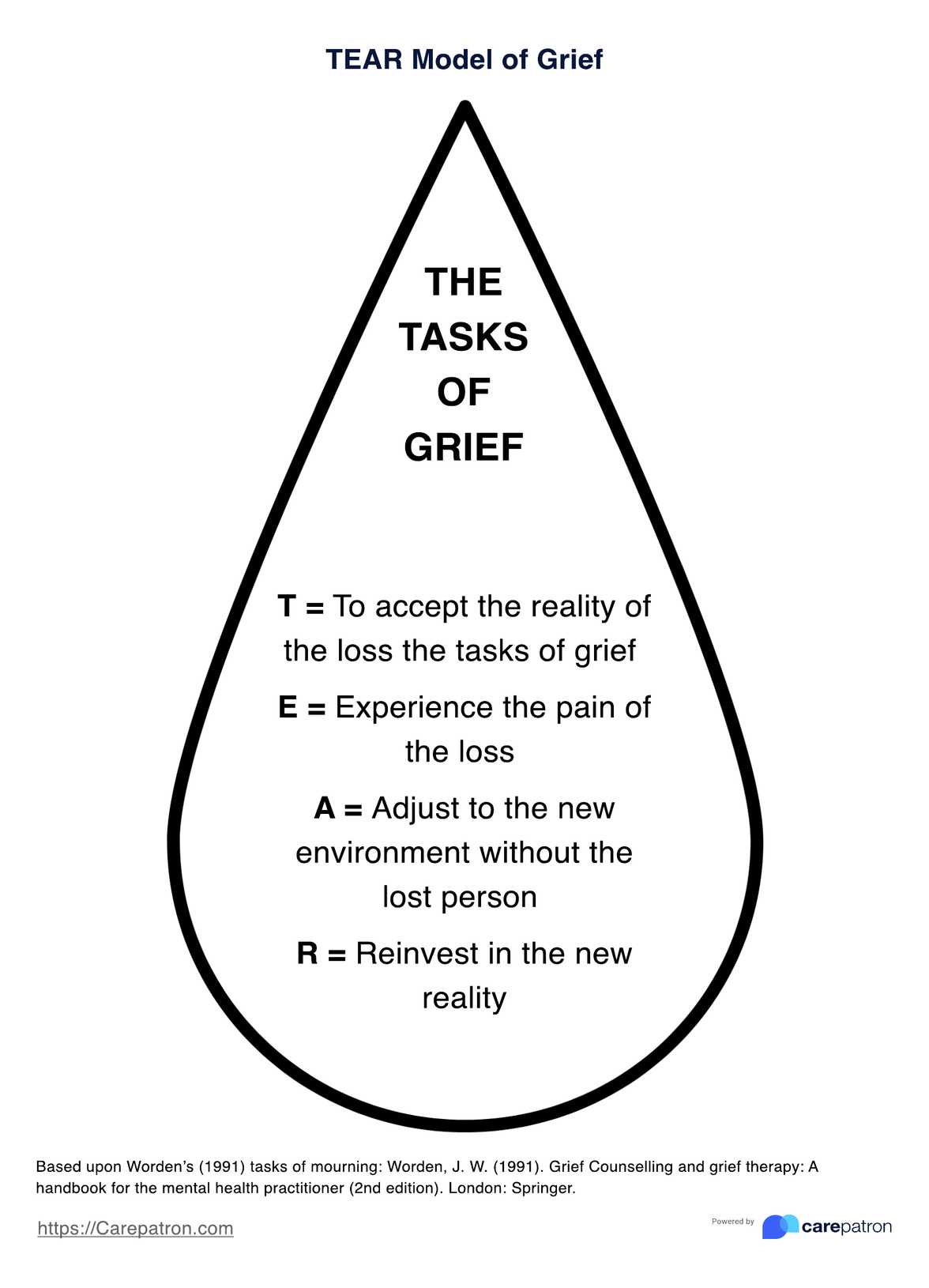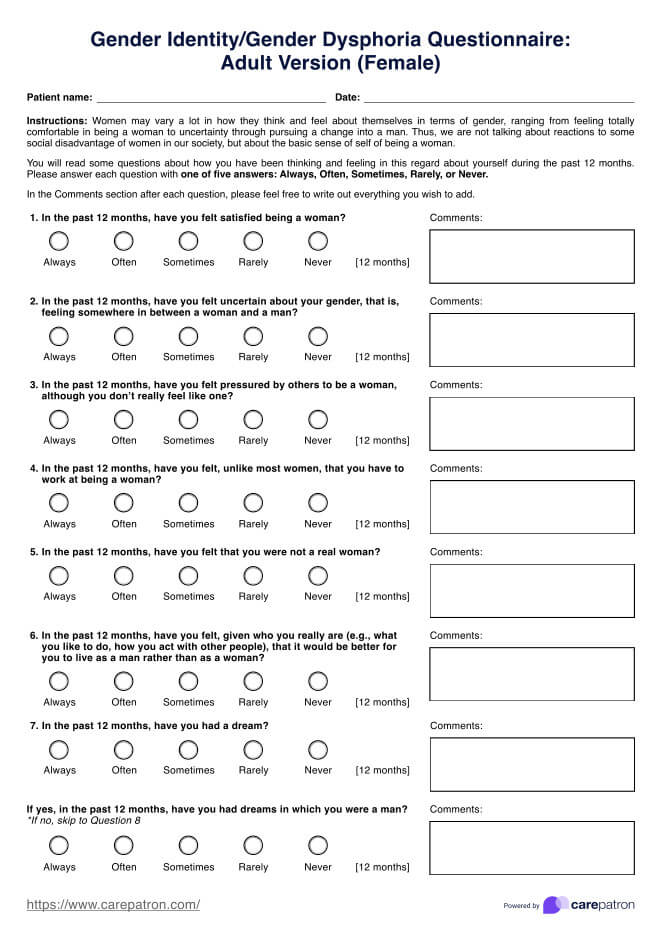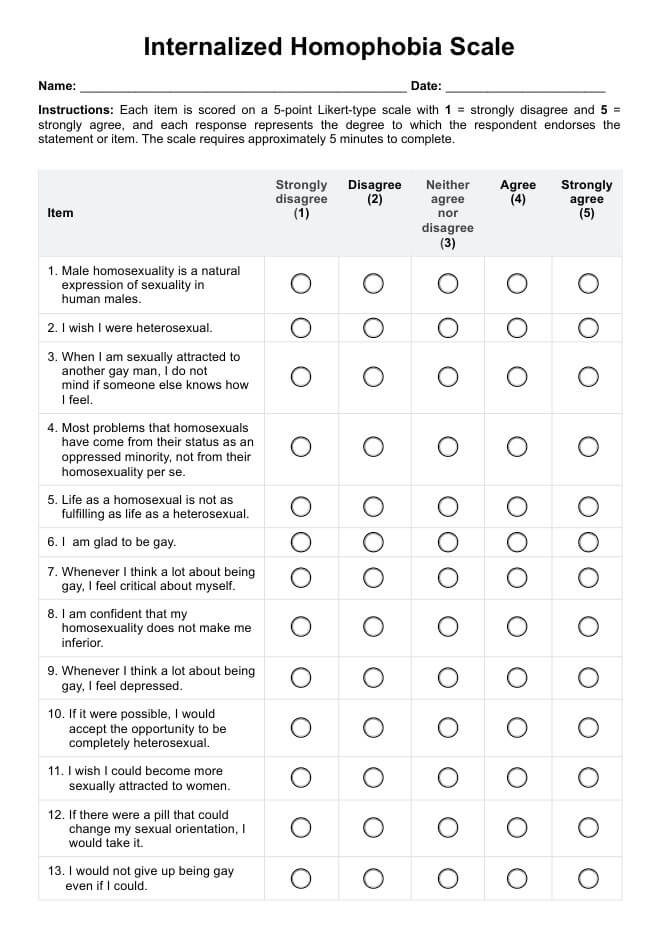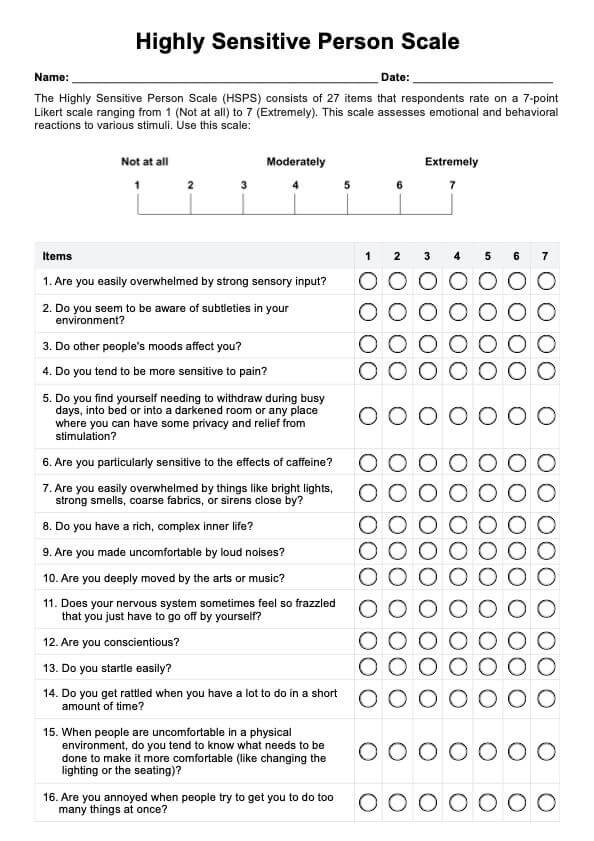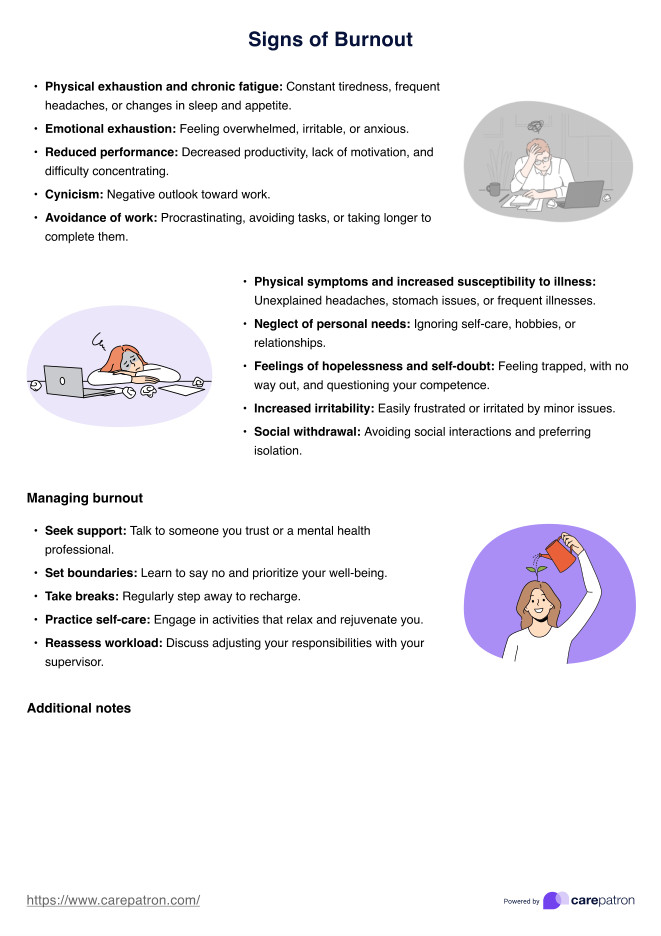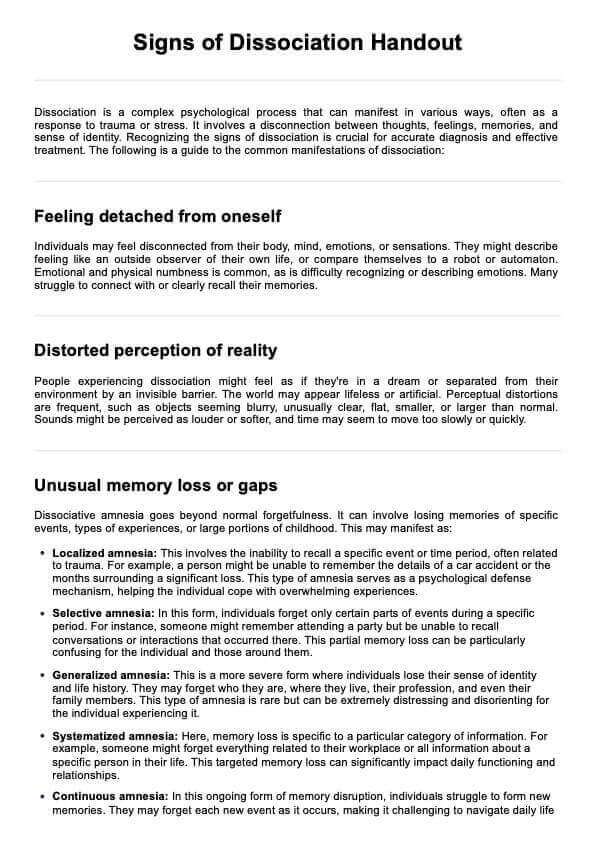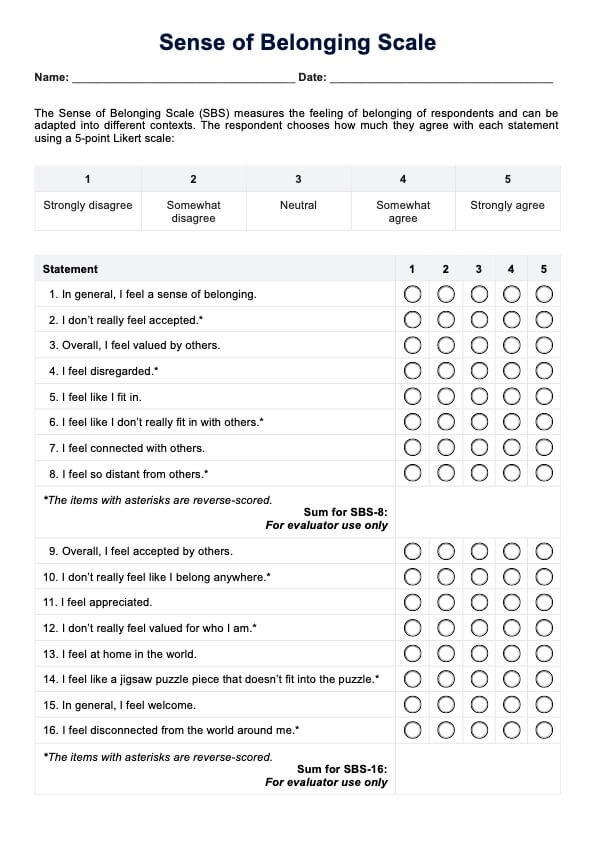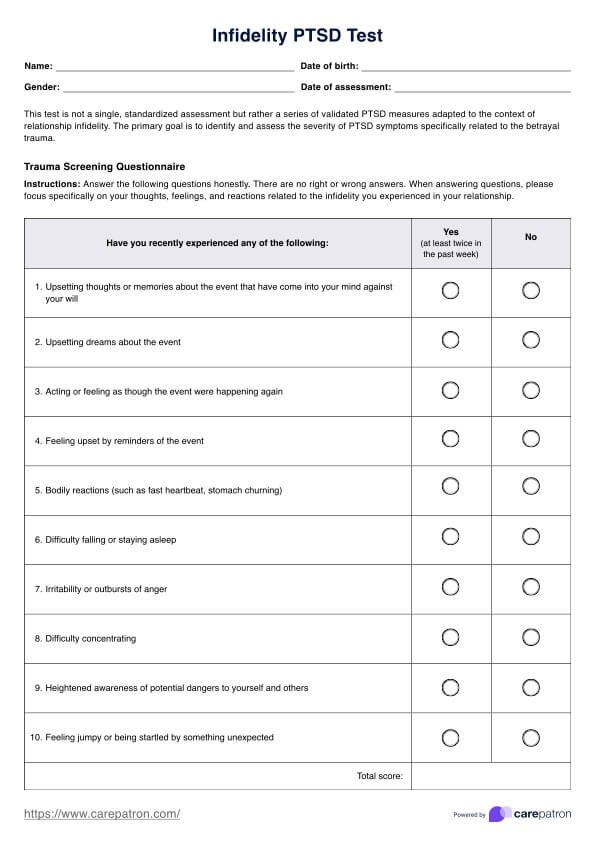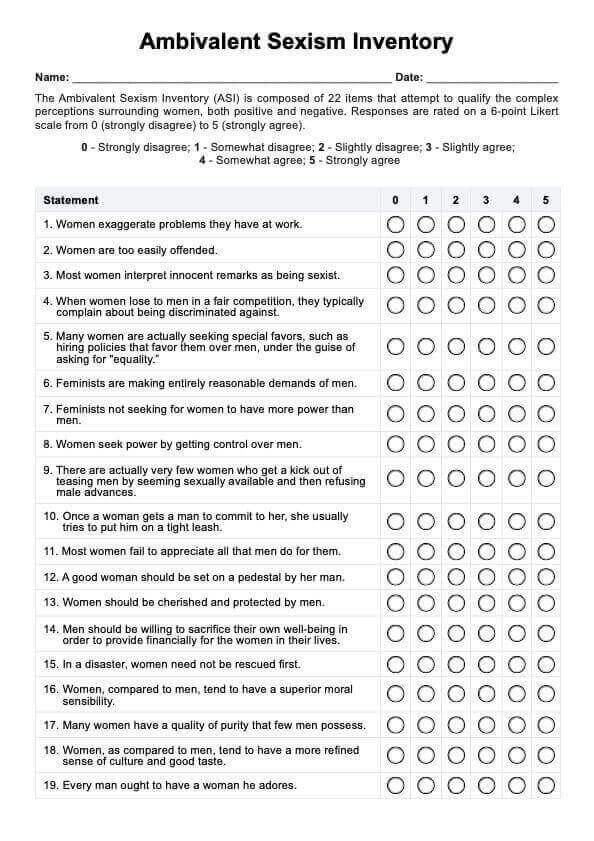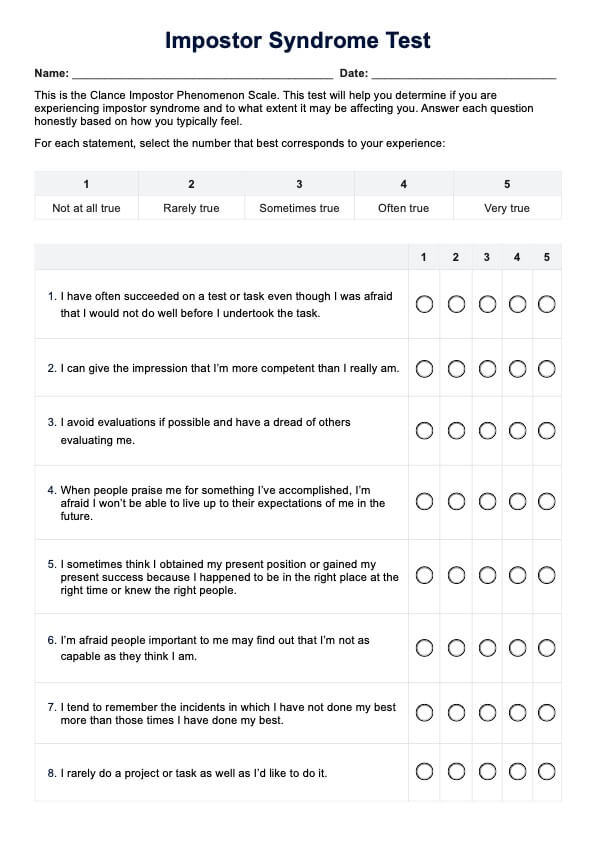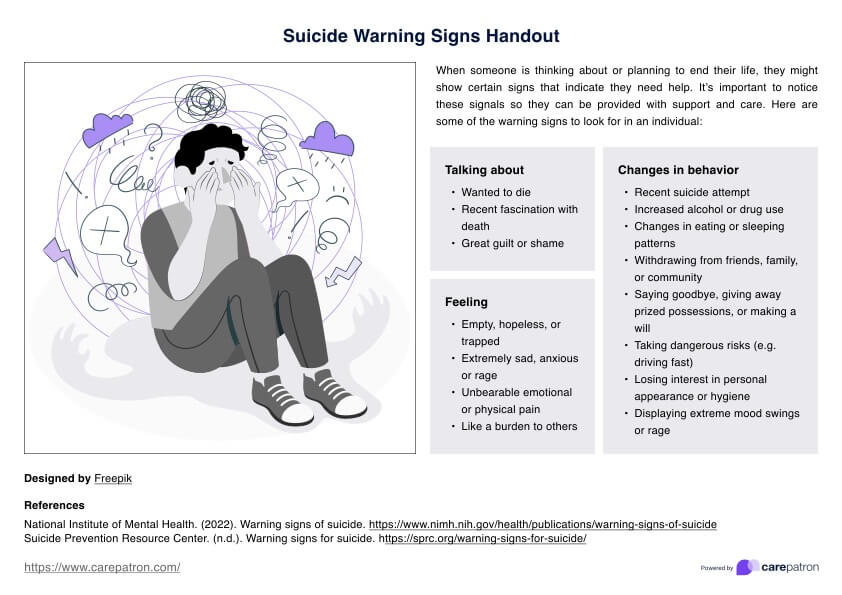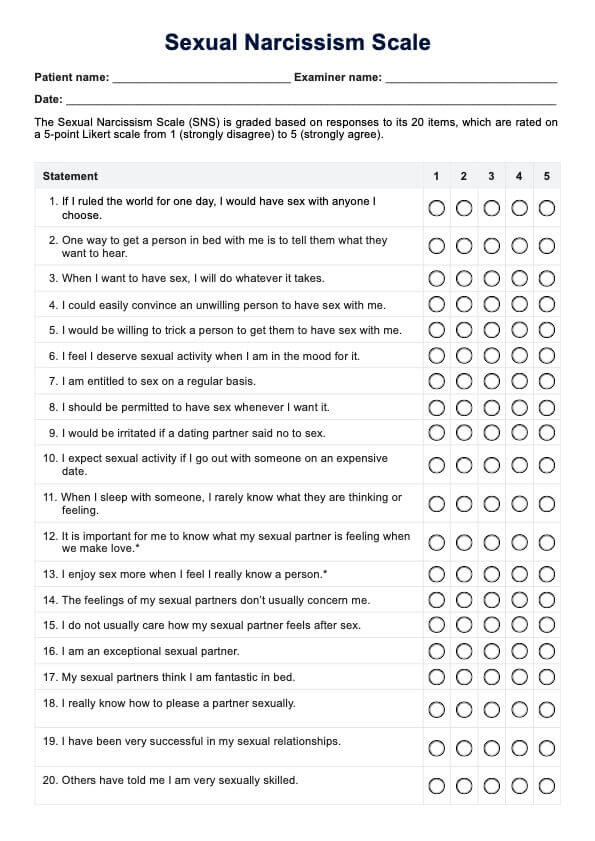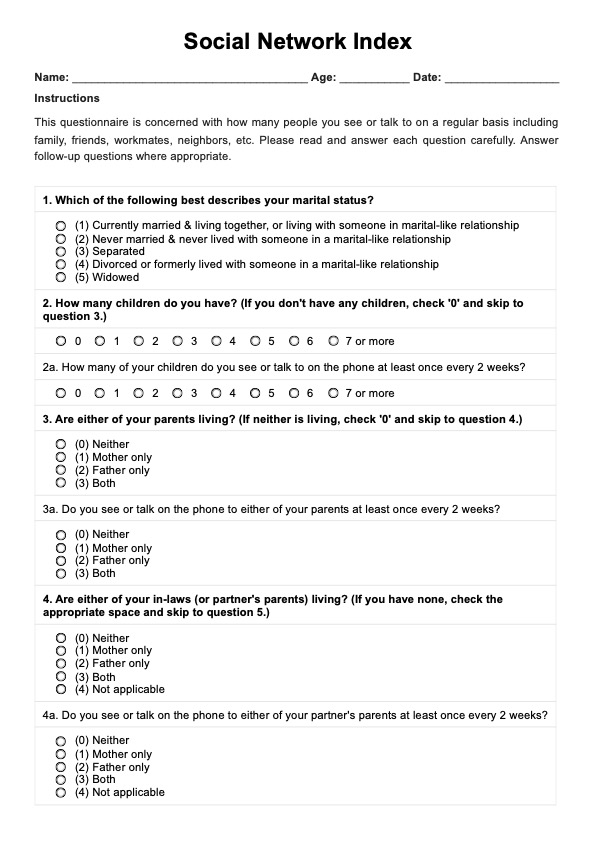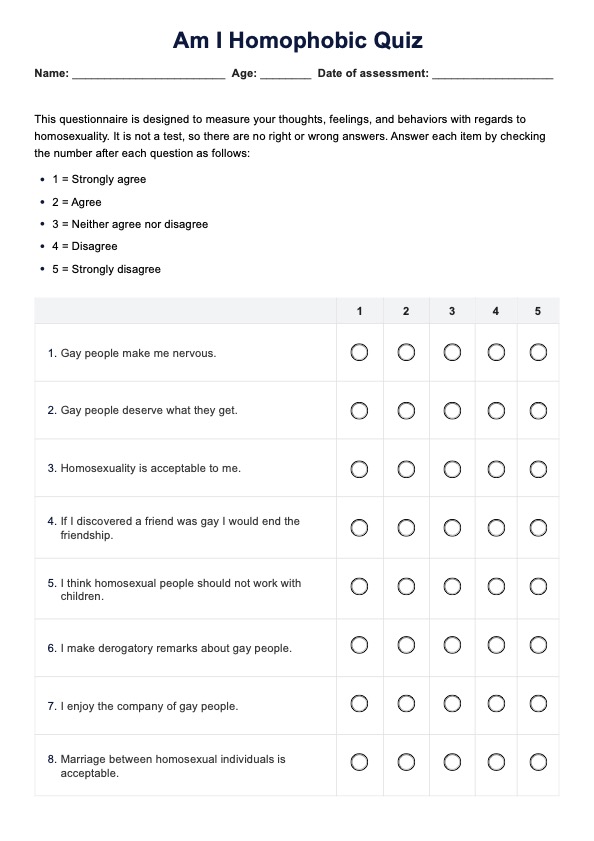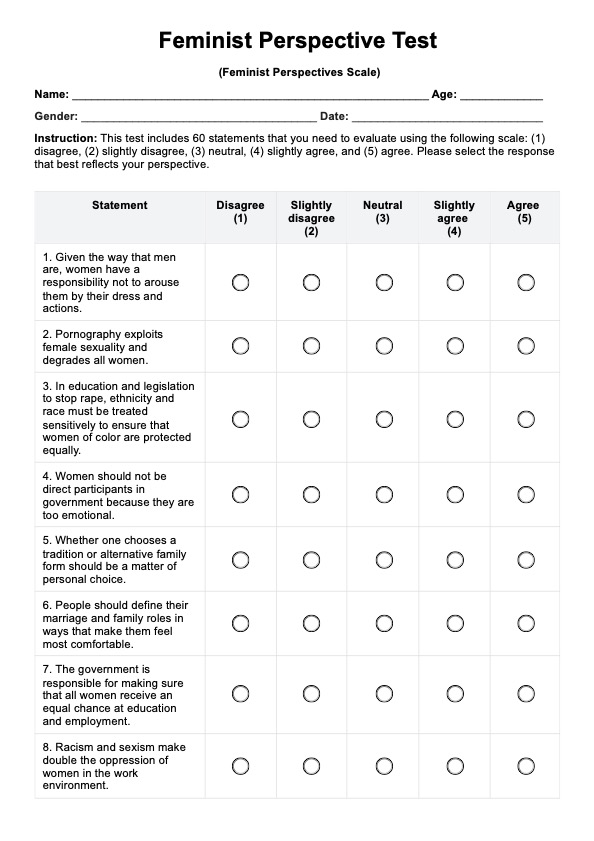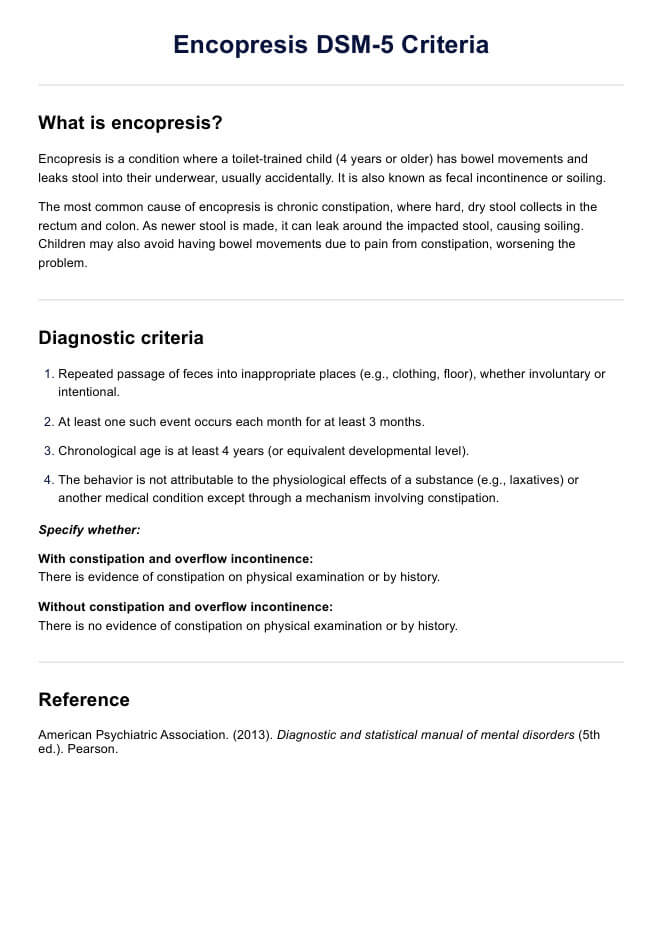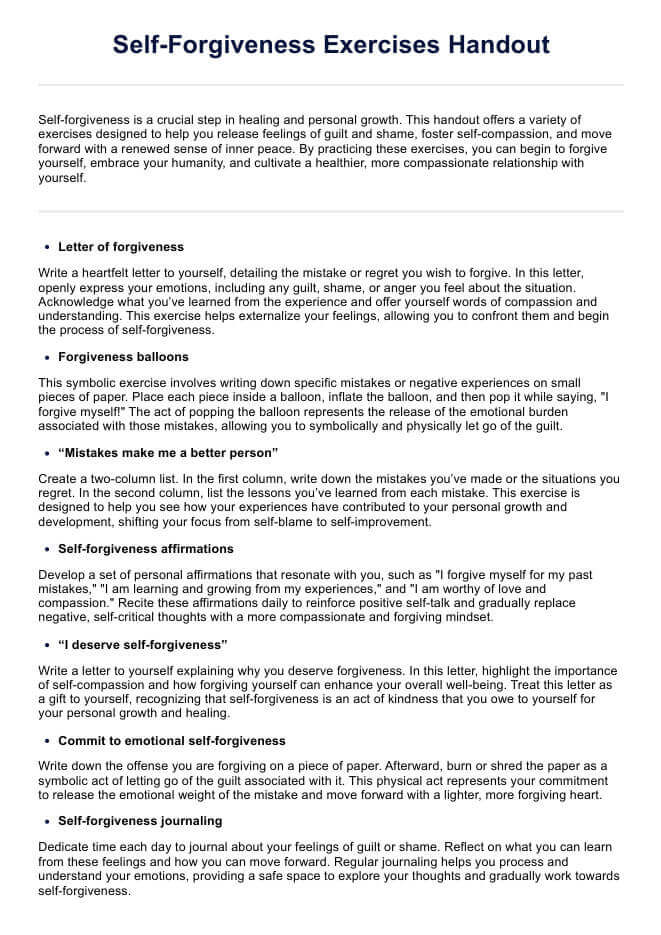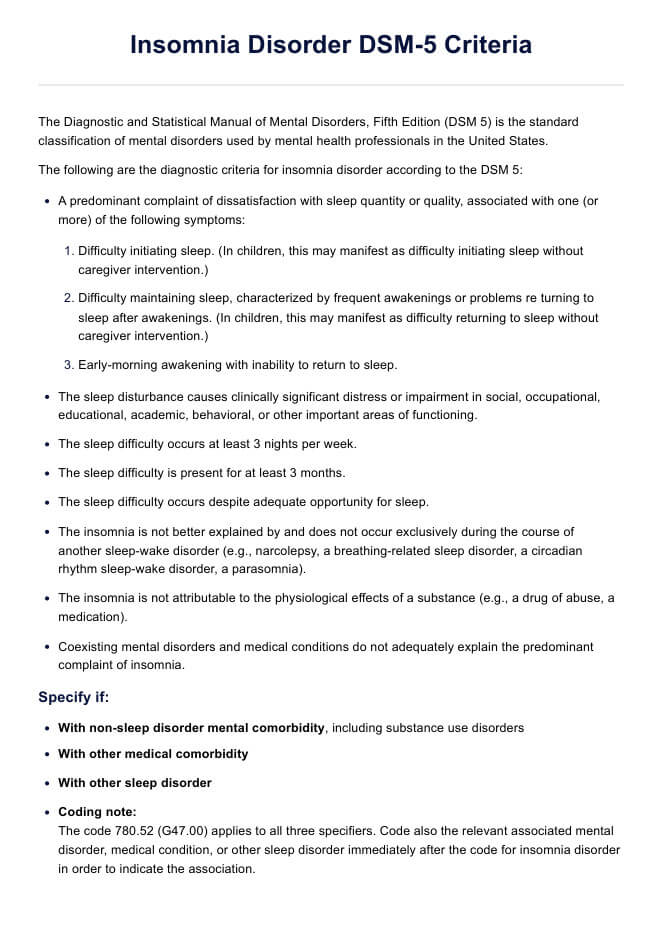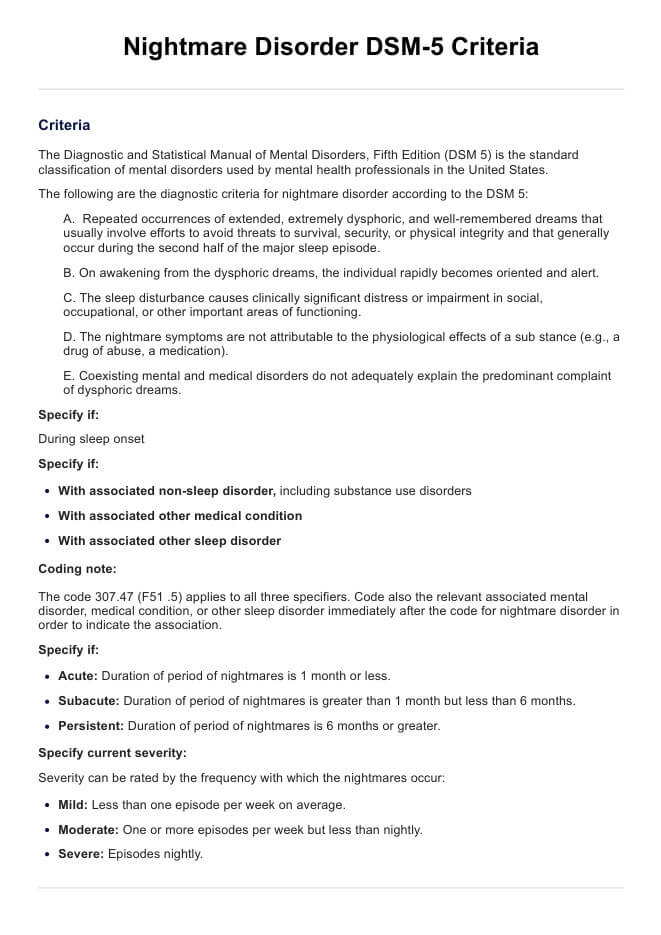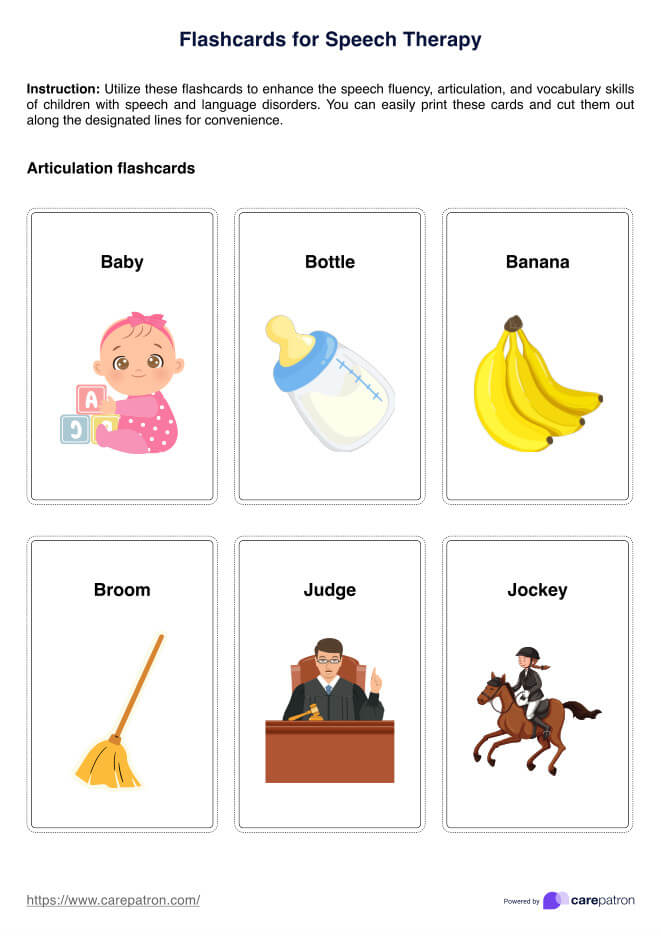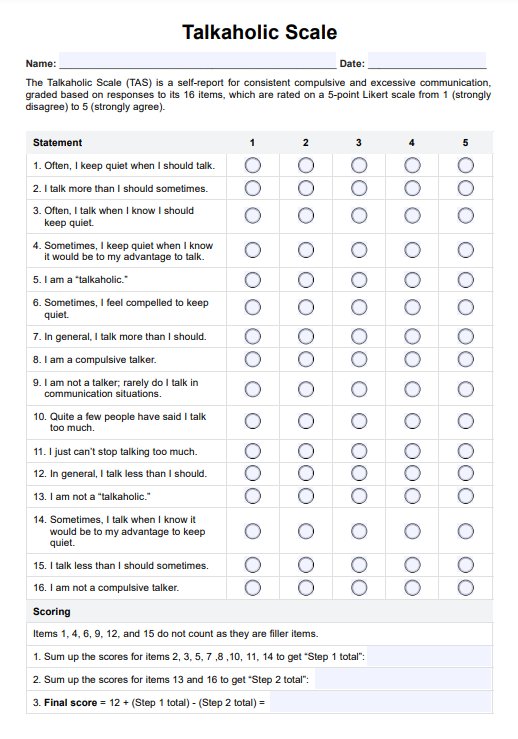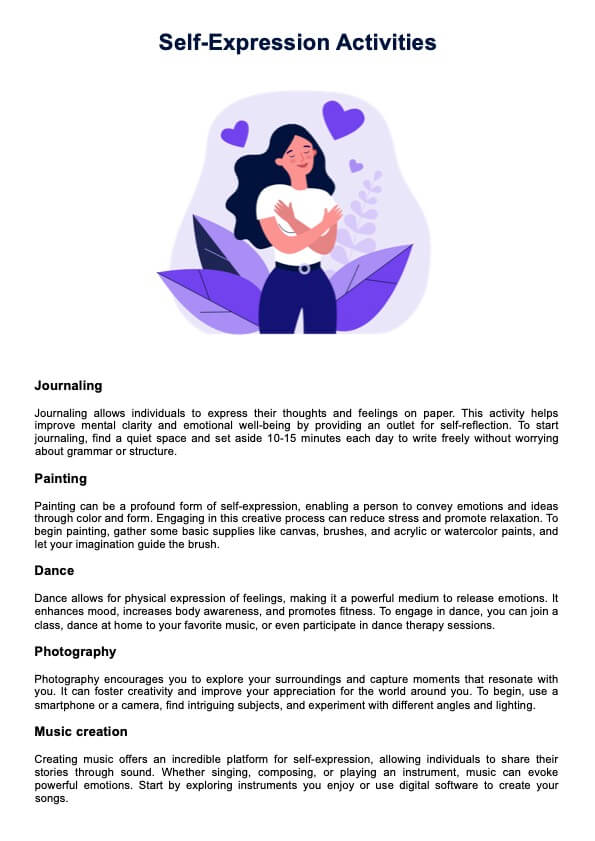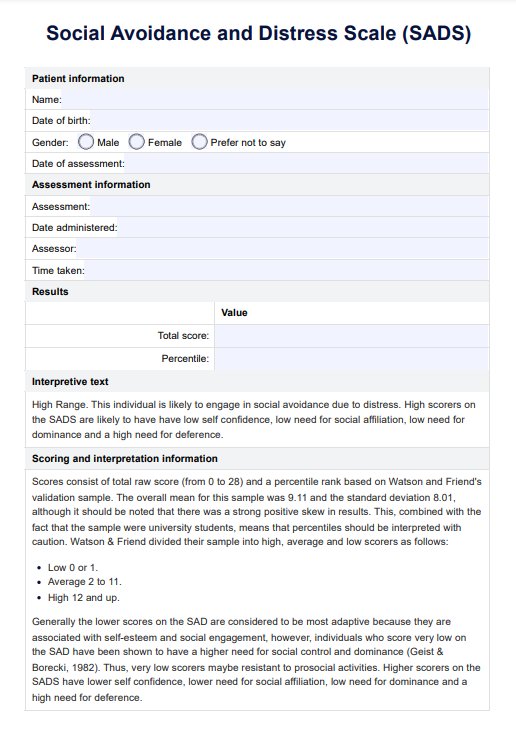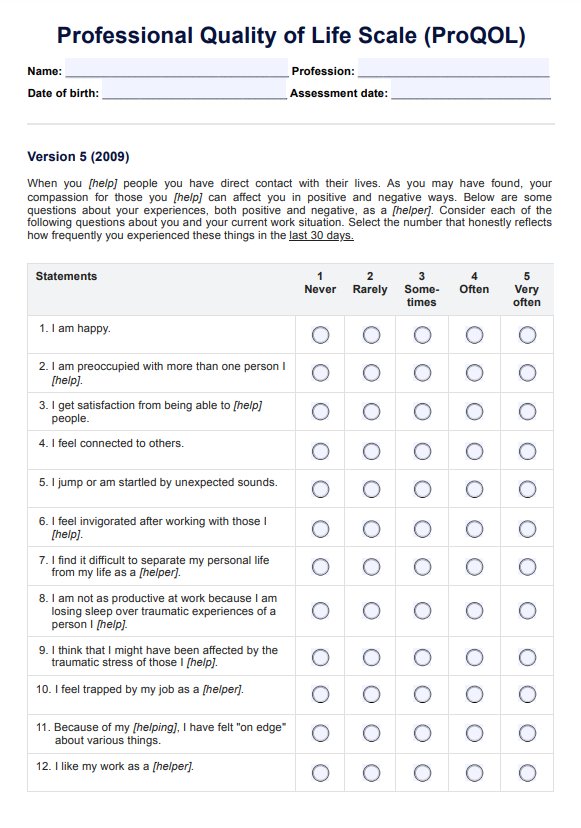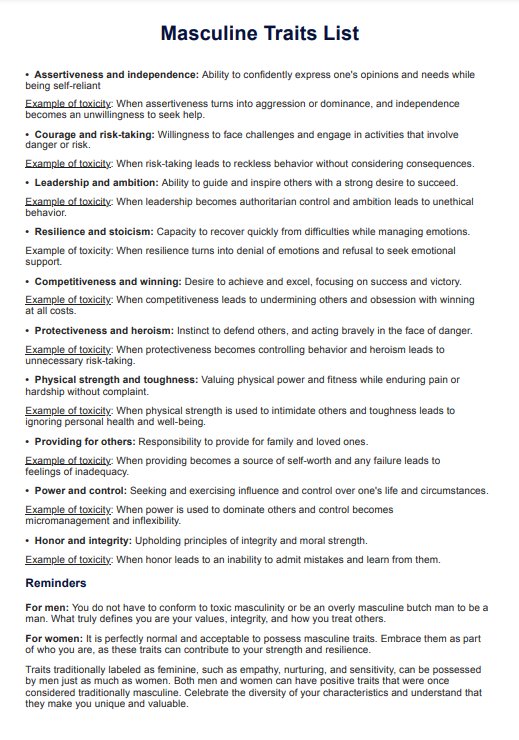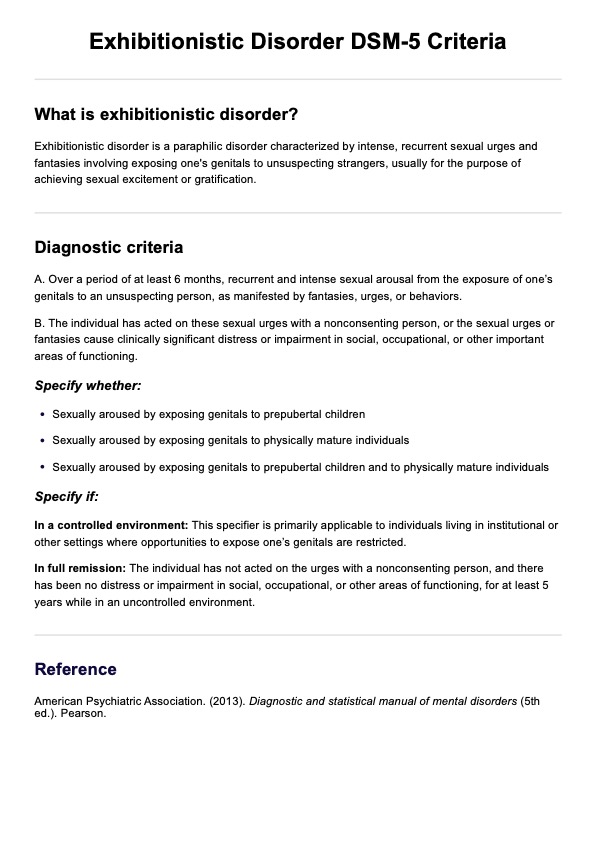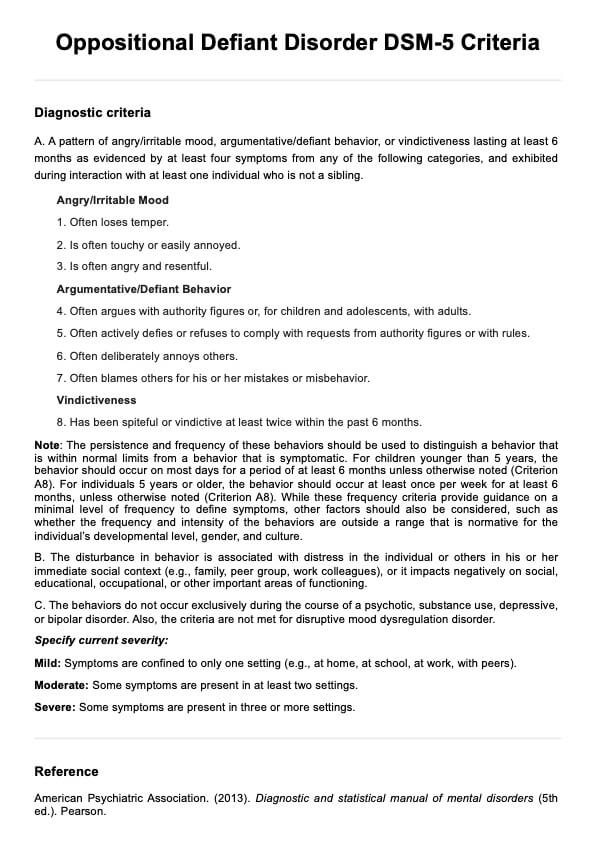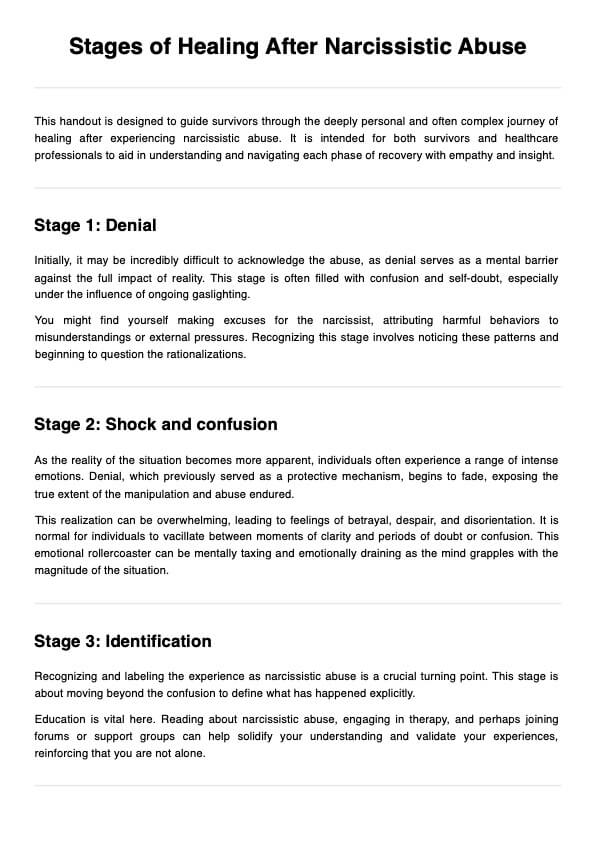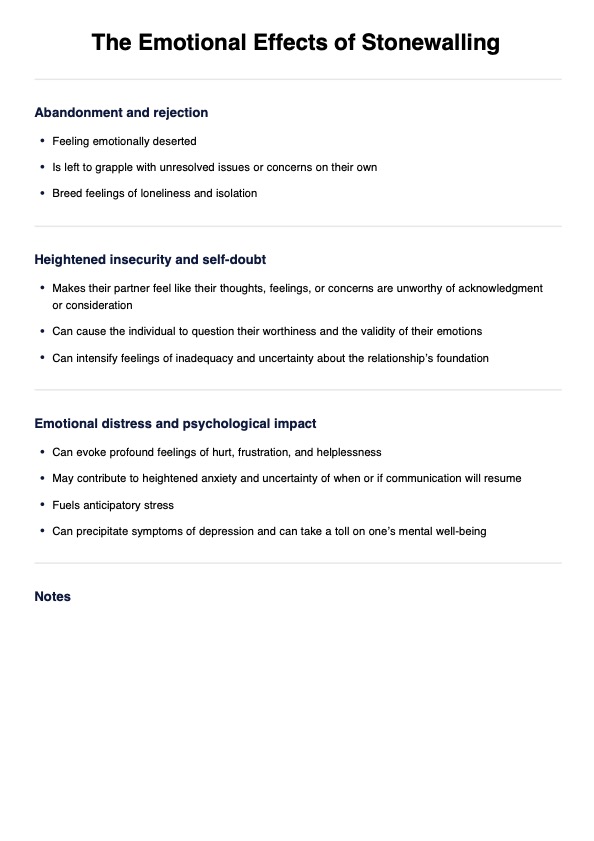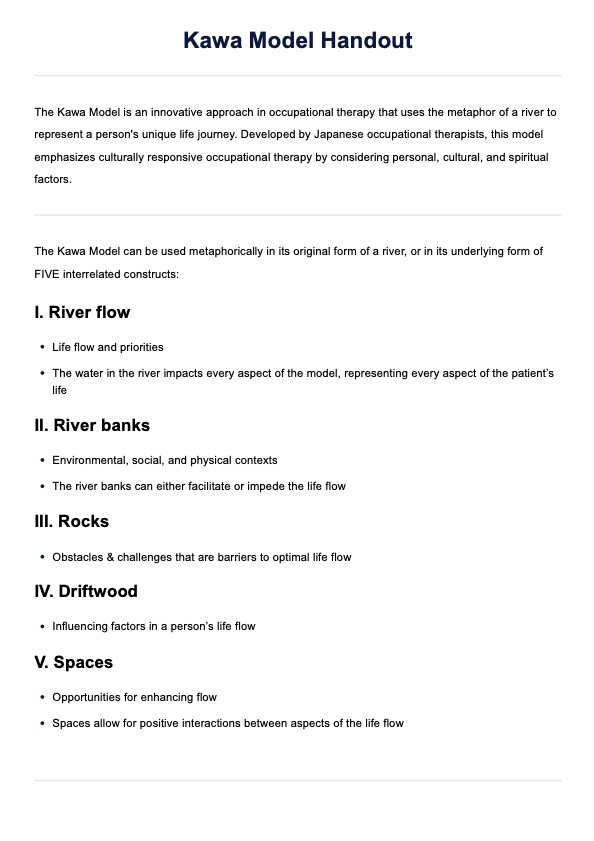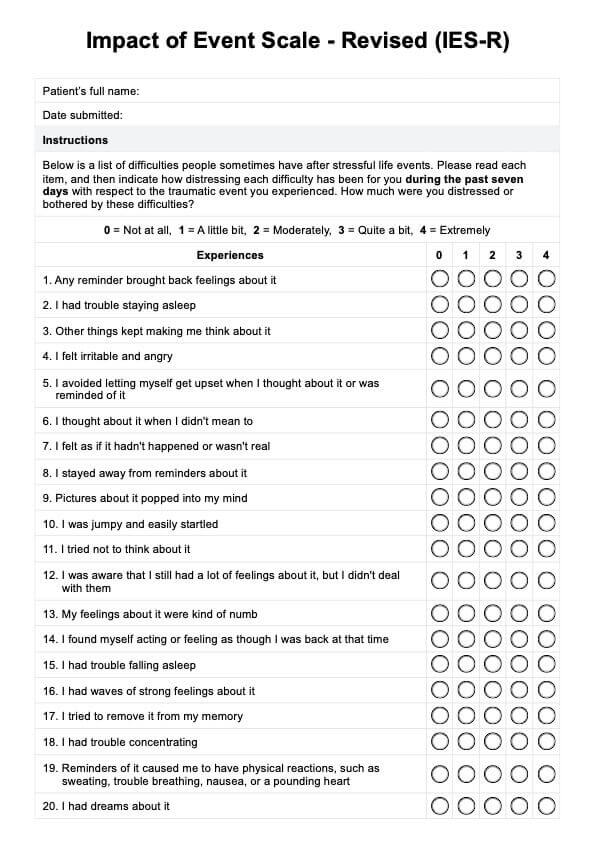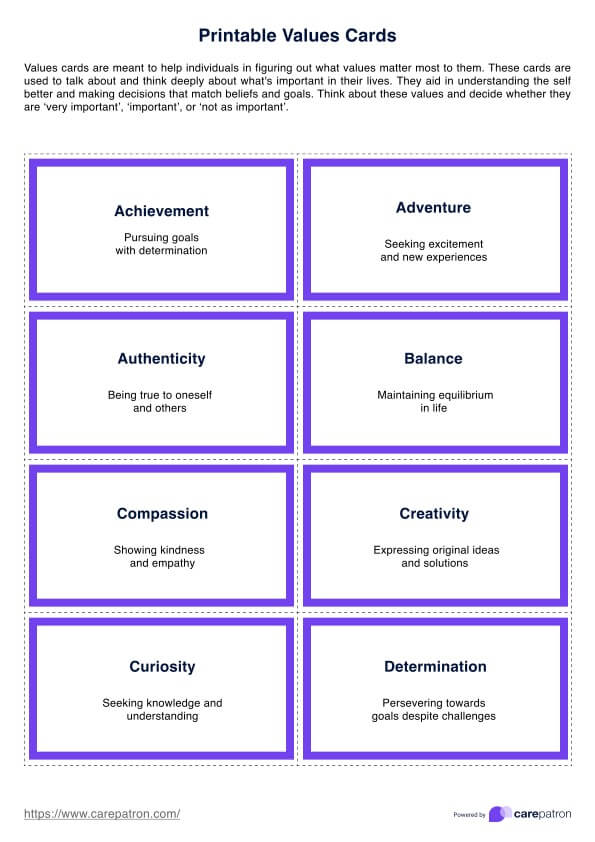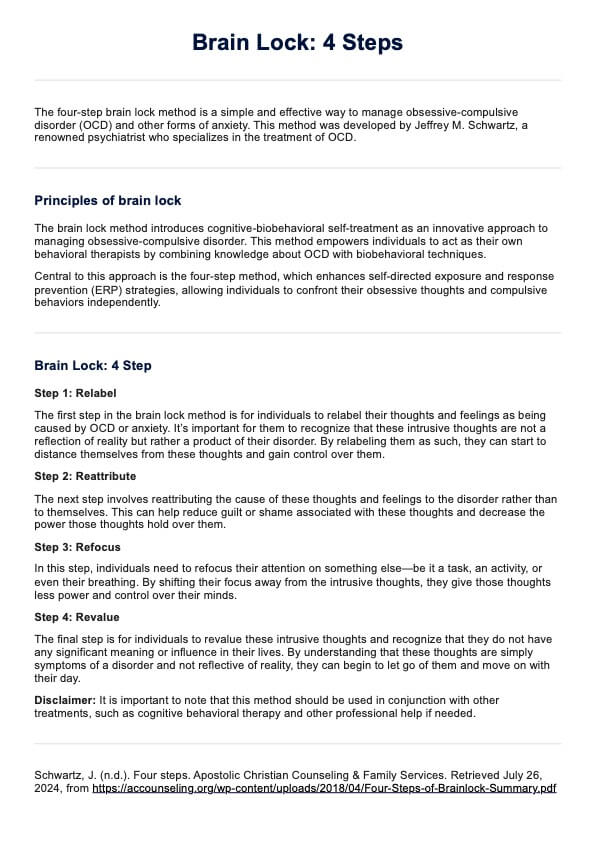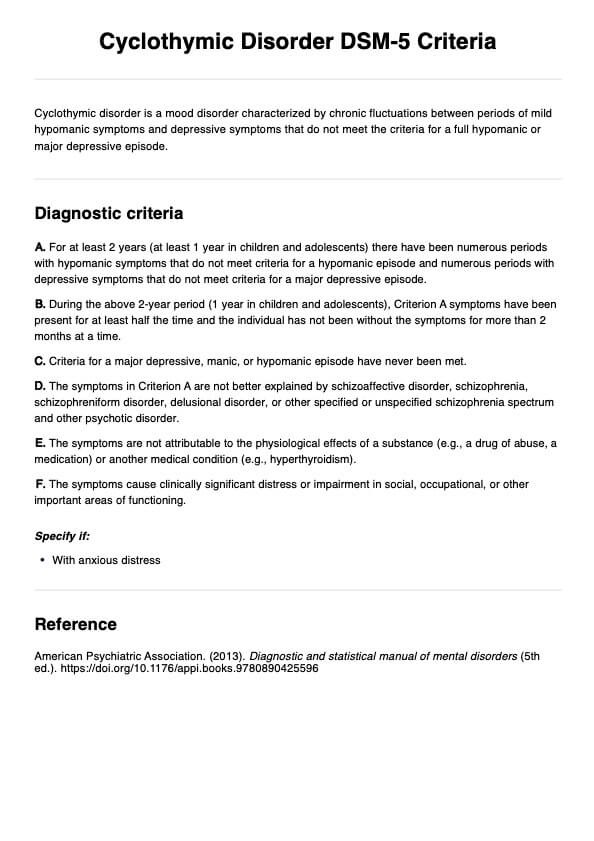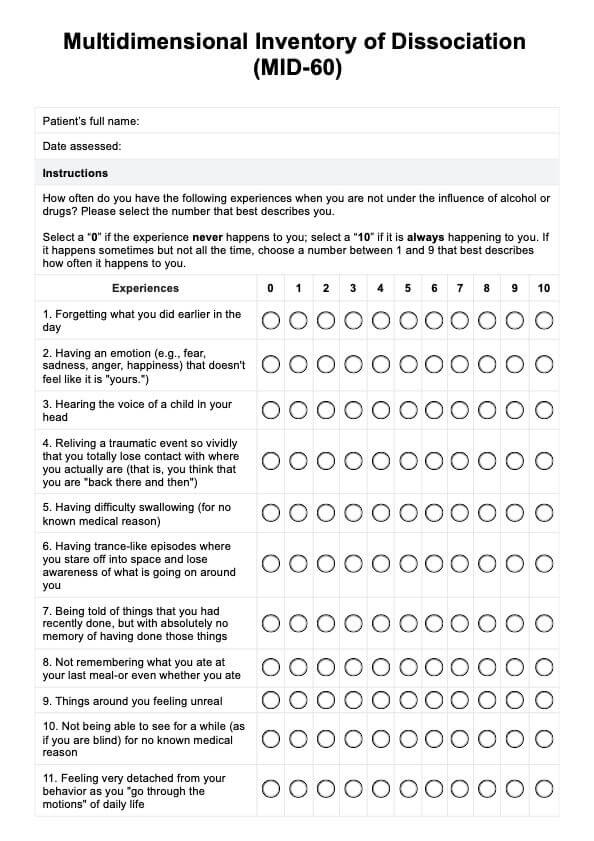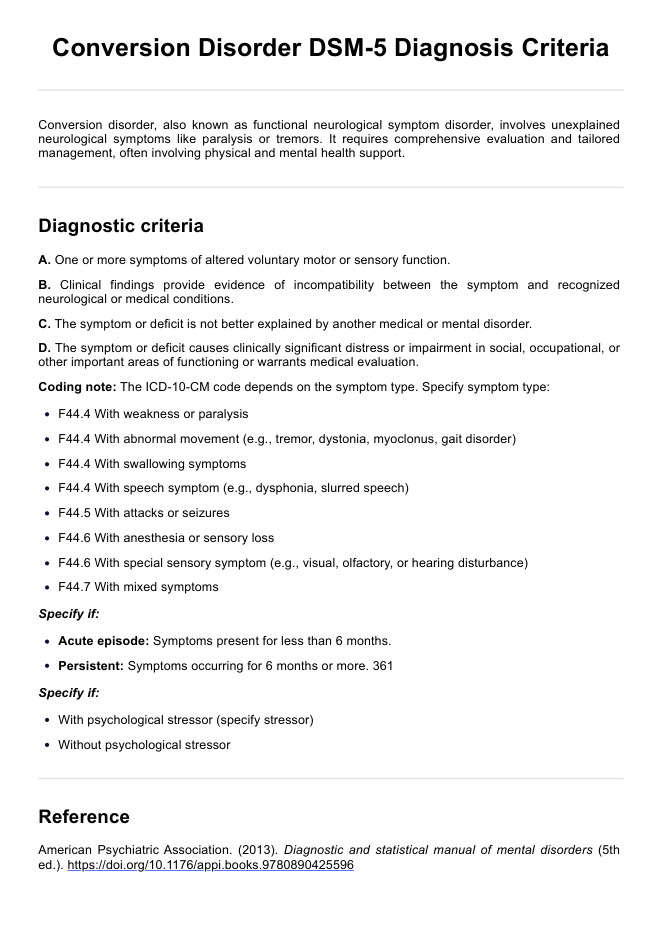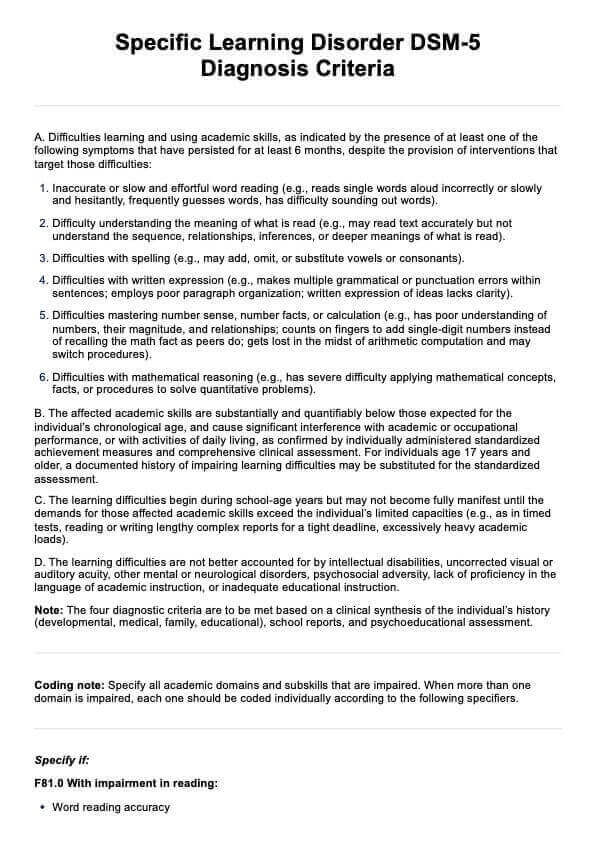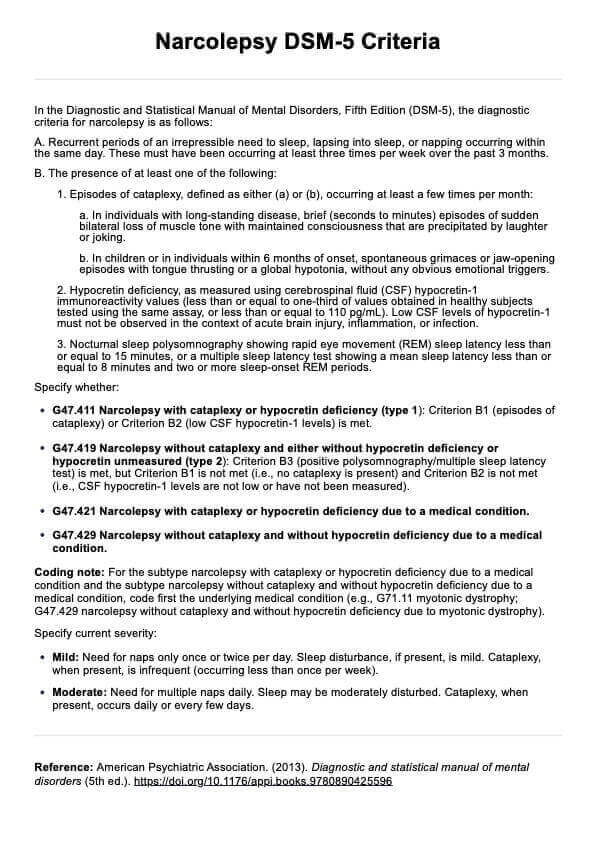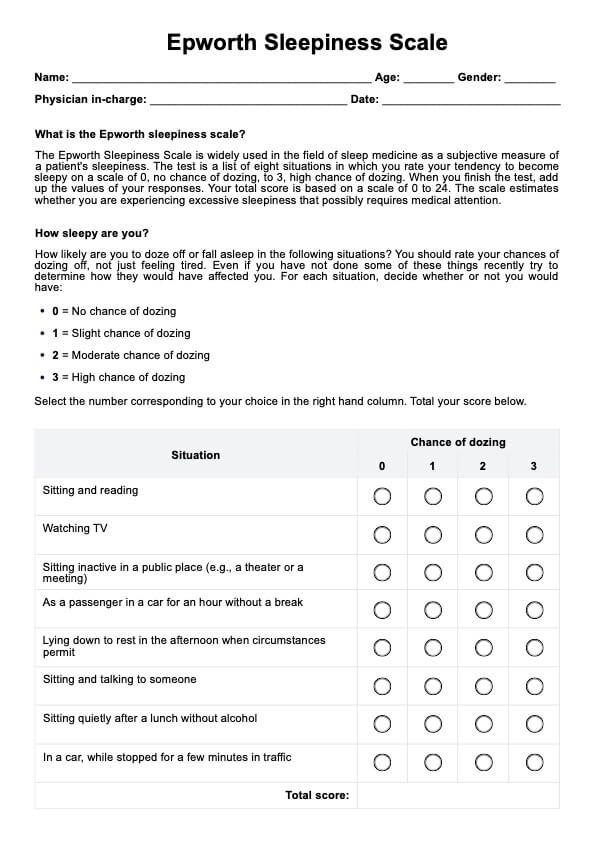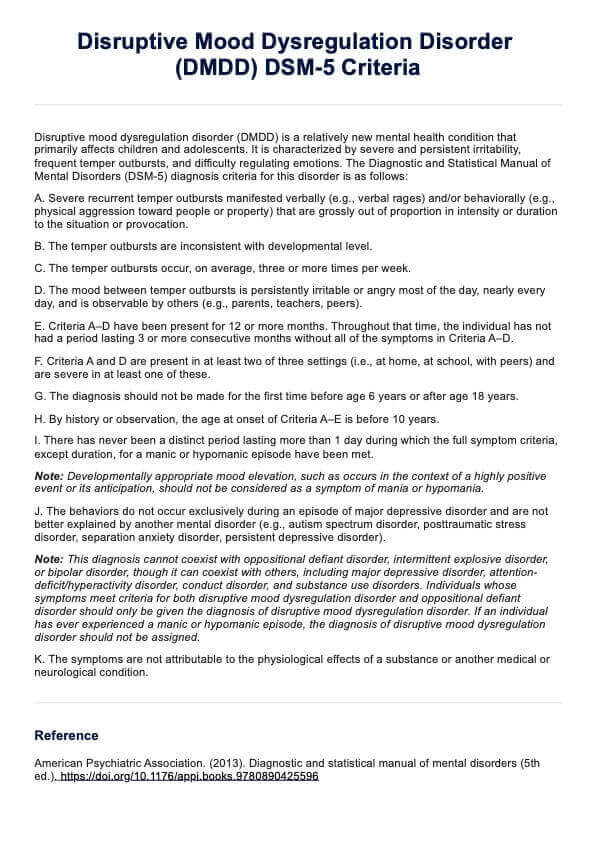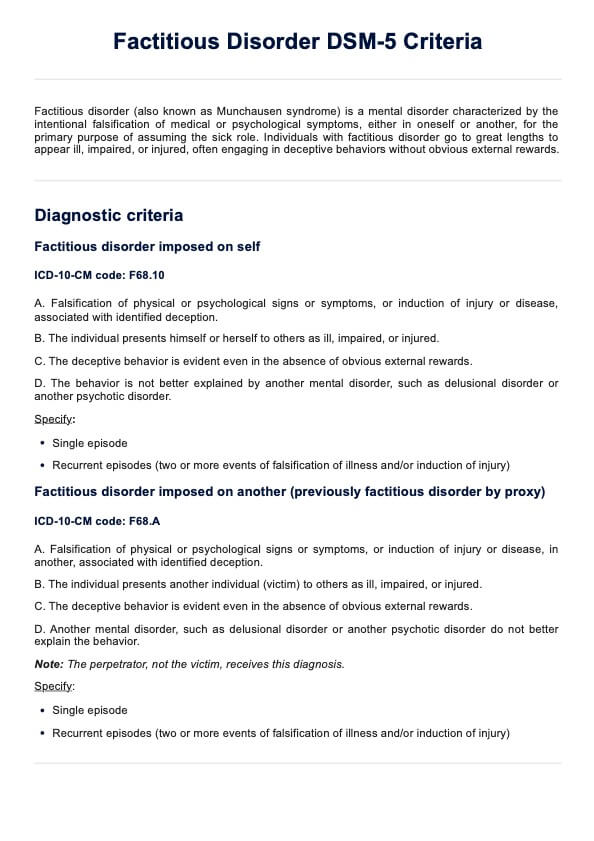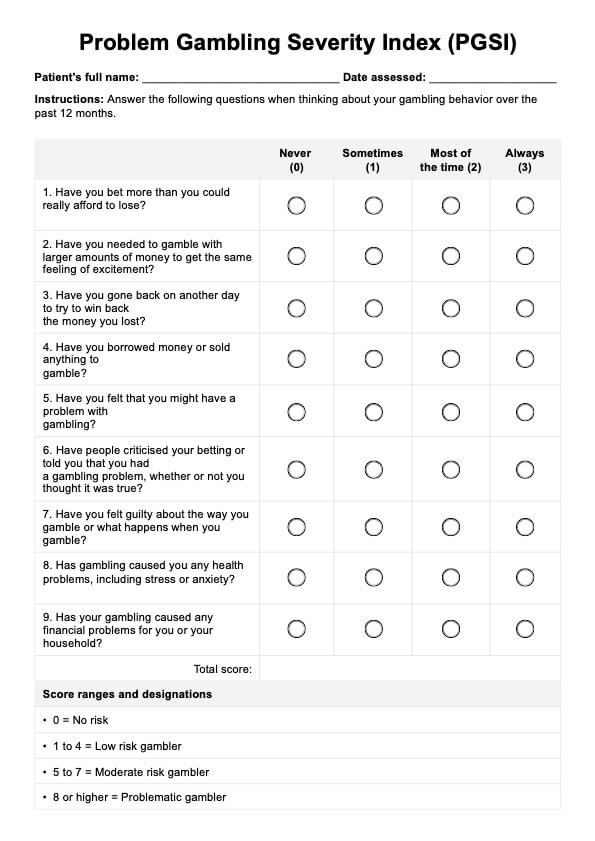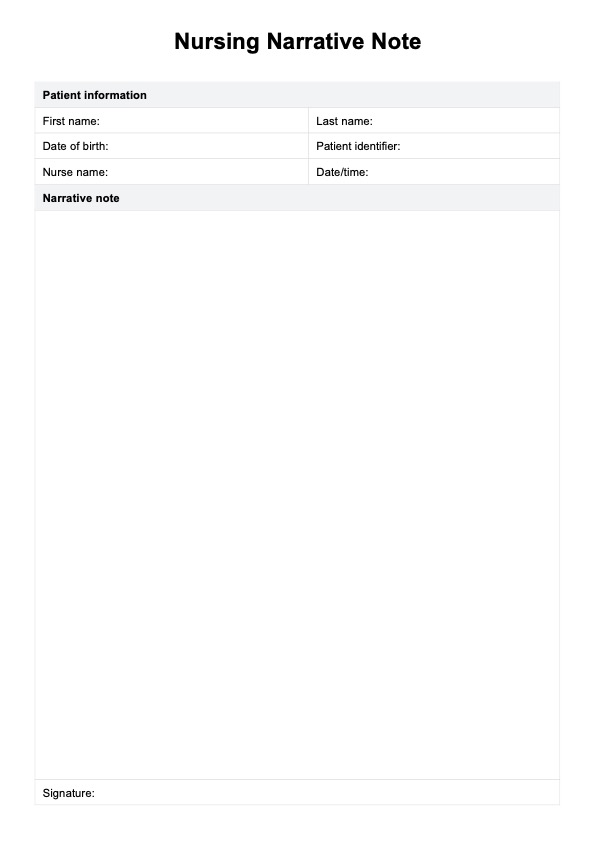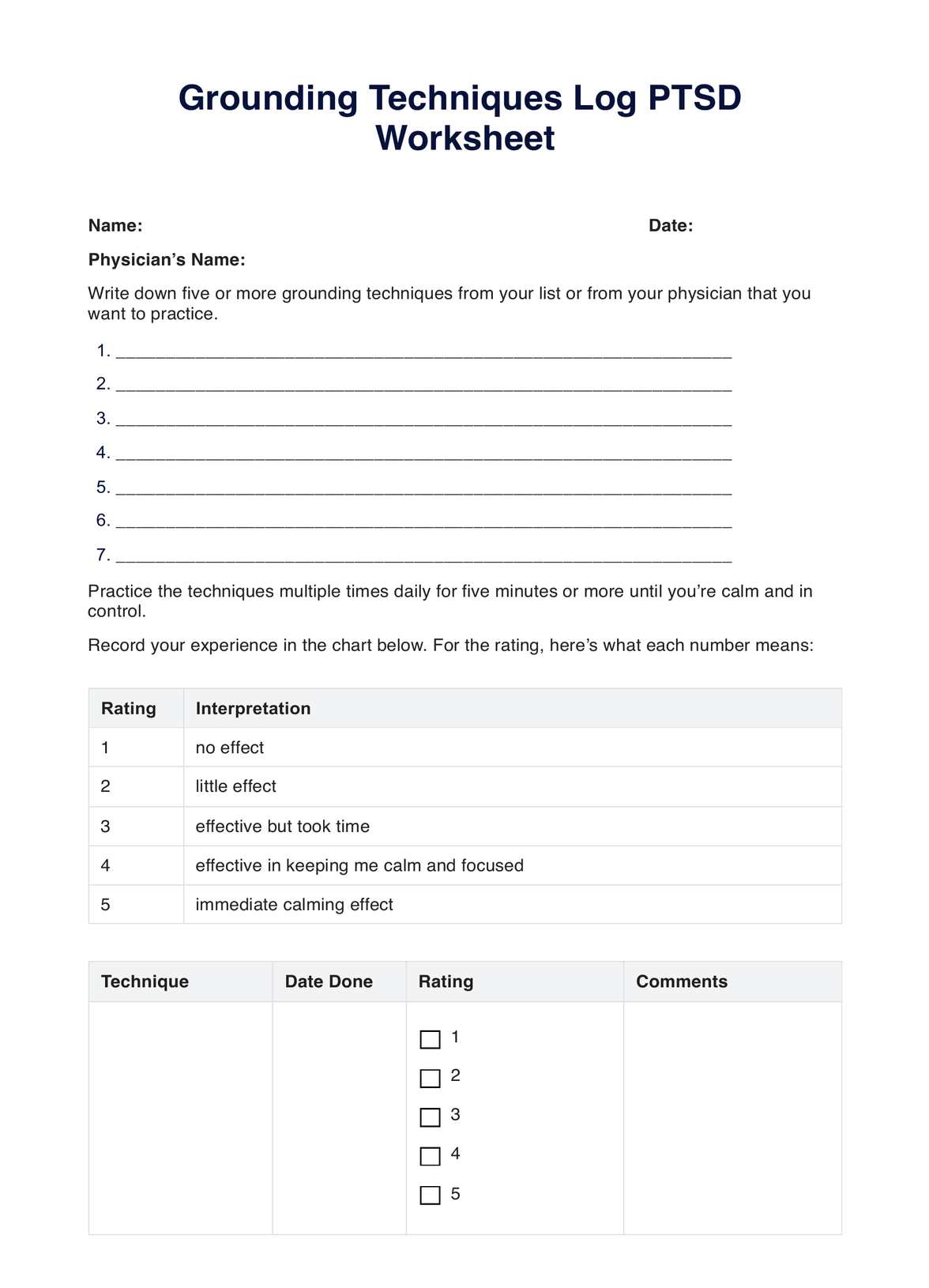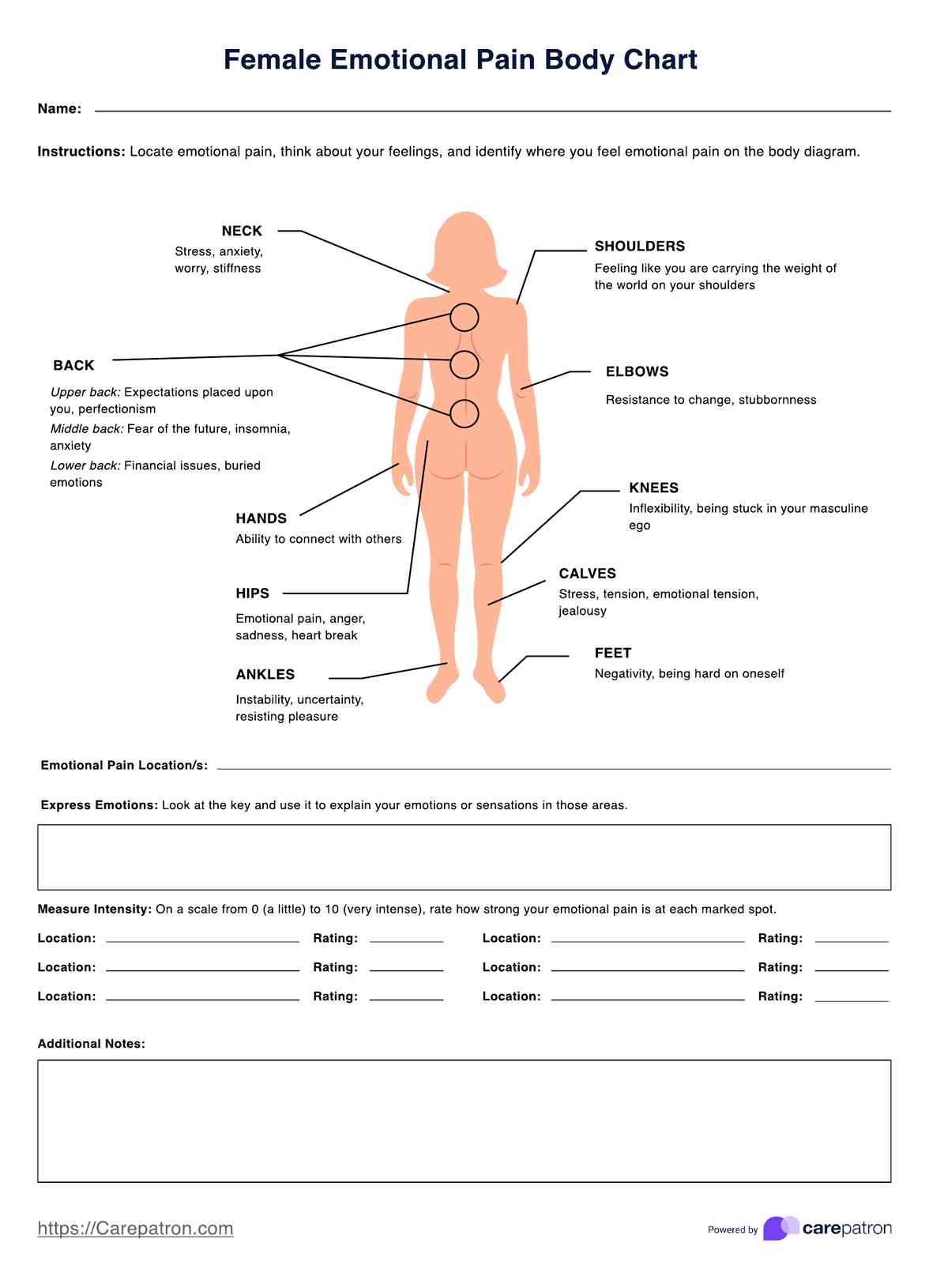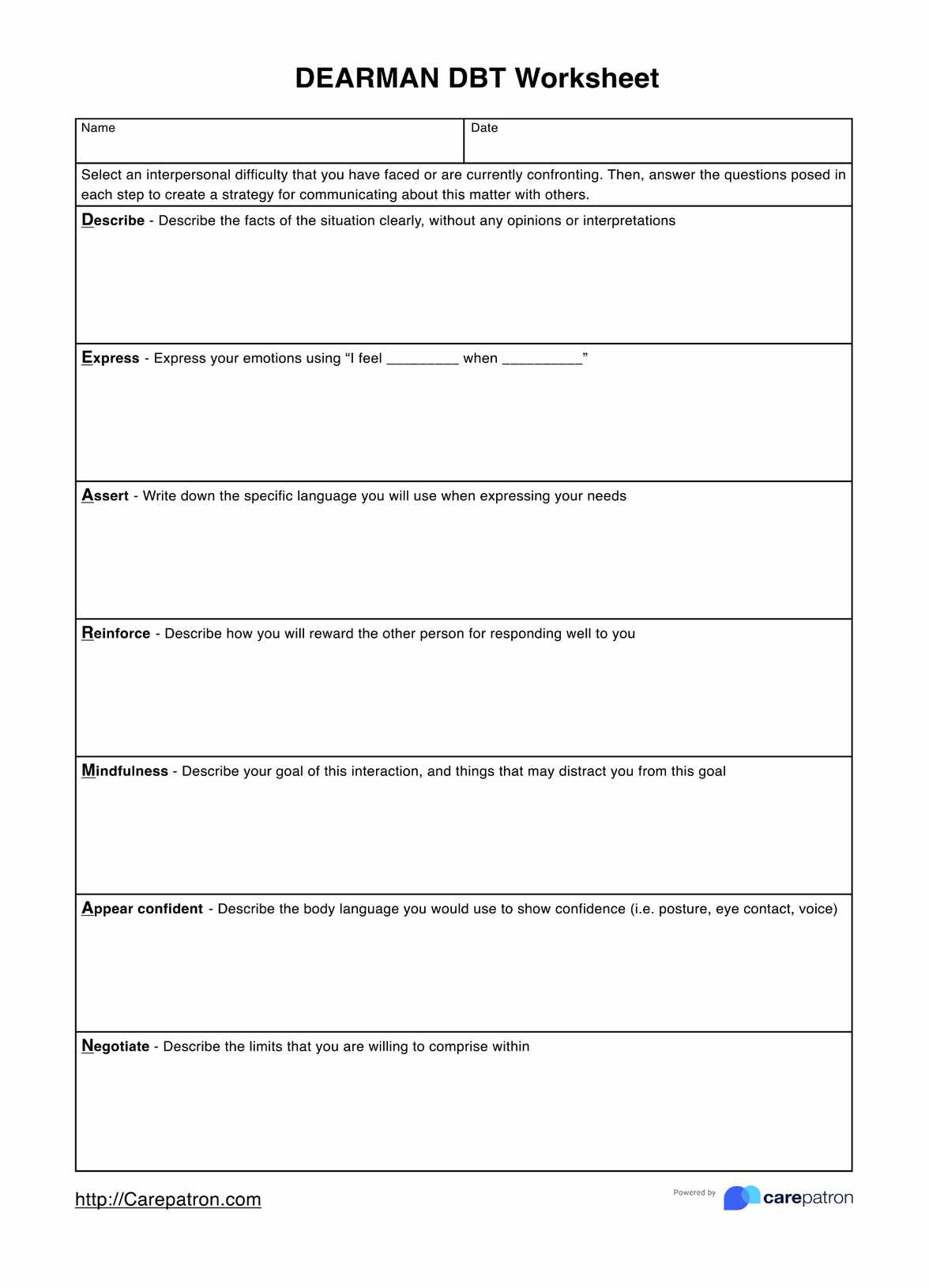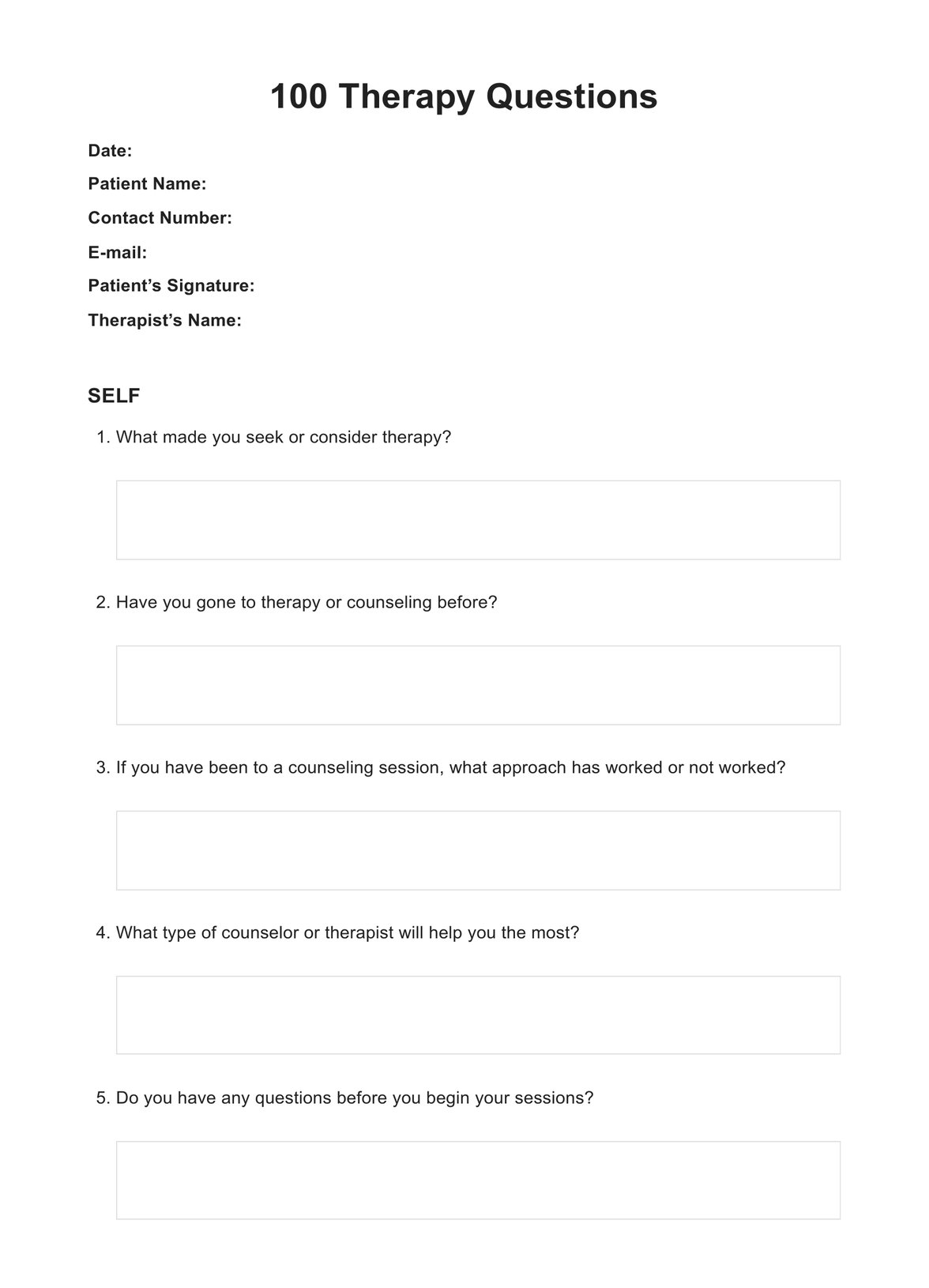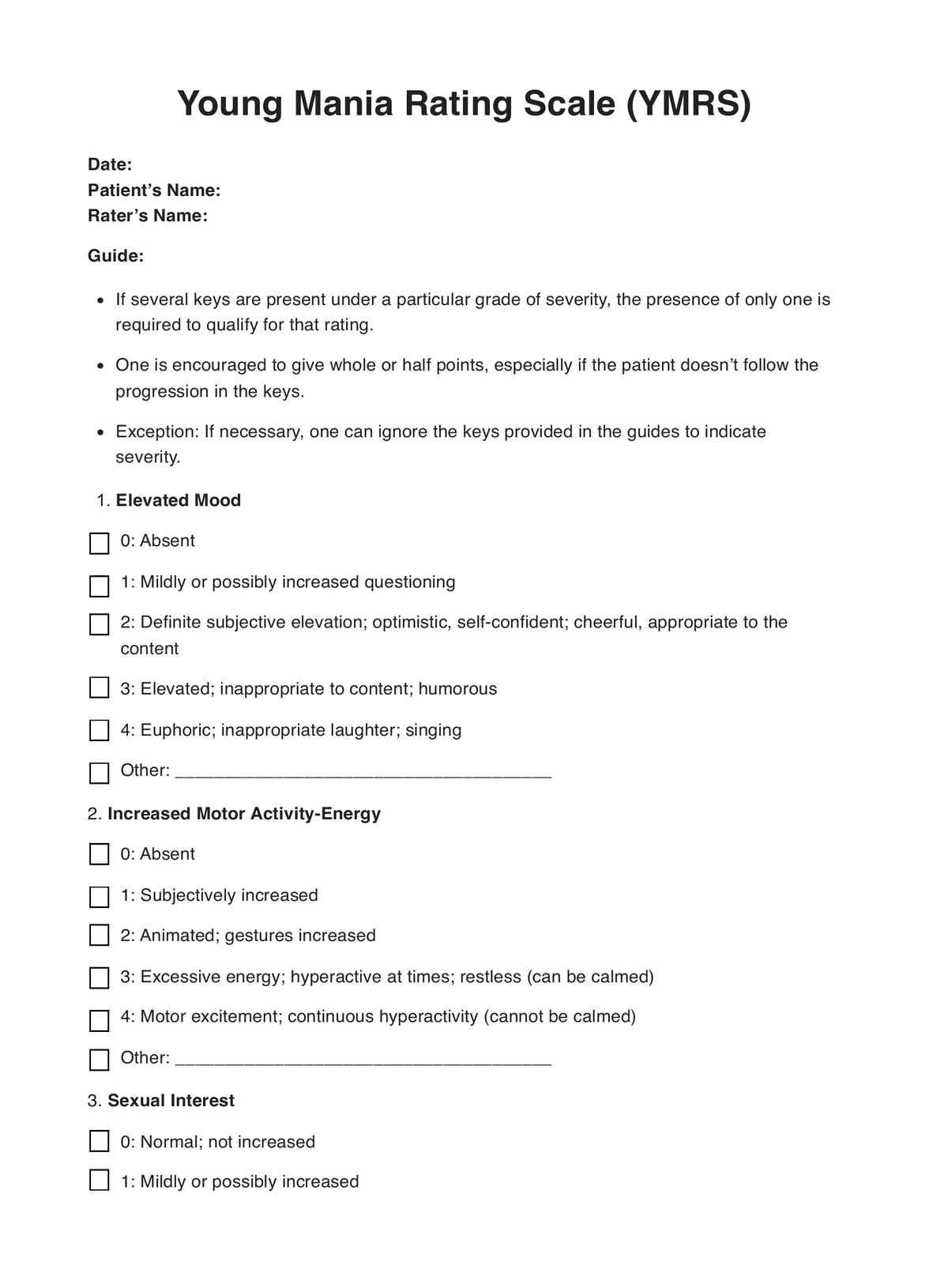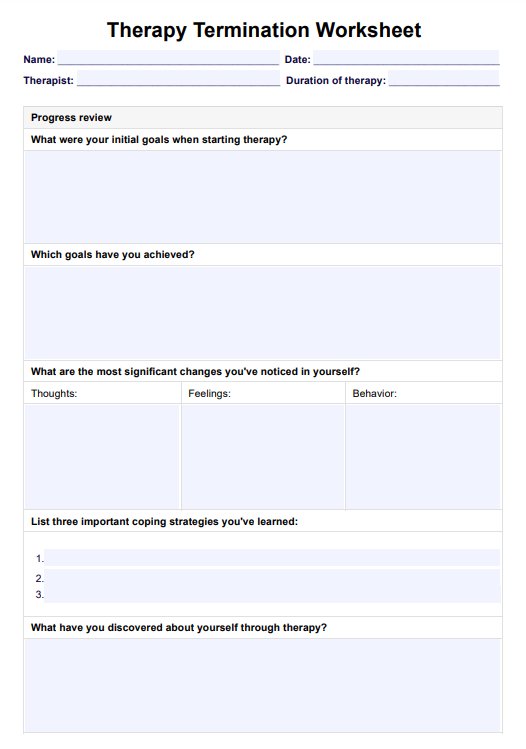TEAR Grief Model
Use the TEAR Grief Model during your grief counseling sessions to help nudge your patients to move forward after losing someone dear to them.


What is the TEAR Grief Model?
The TEAR Grief Model is a clinical tool used by grief counselors. The model is used primarily to help patients work through their grief when they have to return to their “normal” lives. It was made using the Four Tasks of Mourning created by J.W. Worden, a renowned psychologist and grief counselor. This concept stems from the belief that the grieving person undergoes a process where they do a series of tasks that help them take their grief and make it part of their life.
Everyone will grieve a loved one. It’s a natural part of human life. Grief isn’t something that truly goes away. It’ll well up from time to time, especially during times when you least expect it. Over time, we supposedly become figuratively larger to better contain our grief, and that’s what the Four Tasks of Mourning is about, and by extension, what the TEAR Grief Model will help with.
The TEAR Grief Model is an acronym, and each letter corresponds to a specific task of mourning. Here are the tasks per letter:
- T = This stands for the task of “To accept the reality of loss.”
- E = This stands for the task of “Experience the pain of loss.”
- A = This stands for the task of “Adjust to the new environment without the lost person.”
- R = This stands for the task of “Reinvest in the new reality.”
TEAR Grief Model Template
TEAR Grief Model Example
How to use the TEAR Grief Model
The TEAR Grief Model is a handout that shows you what each letter stands for. Using this model, the grief counselor will show this to their patient and provide ways to help them work through their grief step by step.
For T, grief counselors will help their patient to acknowledge that a loss of a loved one occurred and accept the fact that the loved one is gone. It’s all about facing the bitter truth and accepting the finality of their loss.
For E, grief counselors will help their patients feel all their emotions, especially if they’re bottled up. May it be sadness, anger, frustration, confusion, guilt, gratitude, etc. One part of the grieving process after acceptance is to allow oneself to feel emotions instead of suppressing them. Grief counselors will likely think of ways to help patients express their emotions in any form (as long as it’s not self-destructive or violent).
For A, it’s essential for the grieving patient to press on after losing a loved one. This is easier said than done, and it will take some time, but it’s important that they find the will to continue without the person being present anymore. They will have to learn how to adapt to a new stage of life without the presence of their dearly departed. Part of this is finding ways to function without them and developing new routines that take into account that their loved one is no longer there. Another thing that they might have to do is to take on the role left behind by the loved one.
For R, the grieving patient needs to step forward into a new stage in their life with a new (or renewed) sense of purpose, meaning, and even connections with others, all of which may have been impacted by grief. They must embrace the possibilities of a new stage in their life without forgetting their departed loved ones.
Grief counselors must provide support as the patient completes each part of the model. The length of time they will spend on each part will depend on the patient they’re treating, so the use of the TEAR model of grief may last for a long while.
When is it best to use the TEAR Grief Model?
Since the TEAR Grief Model is based on the Tasks of Mourning by J.W. Worden, you can use it throughout the entirety of your grief counseling program for a particular patient. The Tasks of Mourning can even set the course of your program with them, considering that they reflect what is usually (or should) be done during the grieving process.
You can start using it as soon as you’ve reached the part of your program where you’ve established enough trust and rapport with your patient that they are willing to discuss the loss that they’re grieving. It all starts with accepting it, so you can start using this model whenever they are ready (even if they’re reluctant) to face the truth that a loss has occurred. With our template, you can write down how they’ve come to accept that the loss has occurred and what led to their acceptance. Oh, make sure to get consent from your patient if you’re going to be jotting things down.
From there, you will use the model until you have successfully helped your patient work through their grief. It ends when they’ve reached the final task of mourning and have already begun working toward whatever newfound purpose they’ve had, what new roles they have taken, and when they’ve reestablished connections and forged new ones.
What are the benefits of using the TEAR Grief Model?
It can chart the course of your grief counseling program.
If you’re a grief counselor wondering how to structure your program, the TEAR Grief Model can help! Since it’s based on the Four Tasks of Mourning by J.W. Worden, you can based your program on the stages. Your first objective will be to help your patient acknowledge and accept the fact that a loss of a loved one has occurred, then follow each part of the model until you arrive at R and see to it that the patient can fulfill the tasks under that segment.
It can keep track of where you are during your counseling program.
If you’re using the TEAR Grief Model to structure your program, you can easily tell which part you’re at because each Task of Mourning has specific parameters. If you download our template, you will notice on the second page that there are fields to indicate when you started a certain task of mourning and a field to indicate when it ended. You can compare these to your other patients to check the average of how long it usually takes to get from one stage to another.
It can be used to log any observation you’ve made and much more.
As we mentioned earlier, we put a spin on the TEAR Grief Model. Well, it’s not really a spin, but more of an addition. We have comment boxes after the image of the TEAR model. You can take advantage of those and write down any observations you’ve had while you help your patient work through their grief. It’s also an opportunity for you to record whatever decisions you’ve made, what actions you and your patient took, and what your plans are for each part are. Of course, make sure to get consent from your patient before you write things down. They have the right to know you’re taking notes as you go along.
Commonly asked questions
It’s based on the Four Tasks of Mourning by J.W. Worden, a renowned psychologist and grief counselor.
That will depend on the patient. Some people are able to accomplish them faster than others, while others take longer. Working through grief has no fixed timeline, so give your patient the time and space to digest whatever discussions you’ve had and go about each task.
Grief counselors, therapists, and pretty much anyone who deals with patients who are grieving and experiencing loss.


